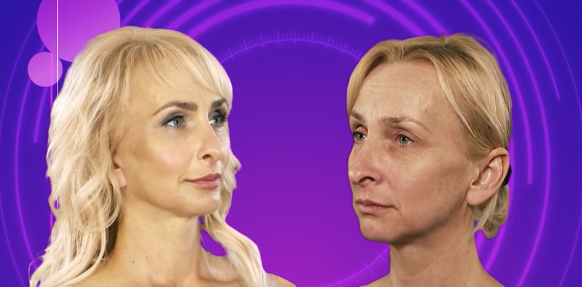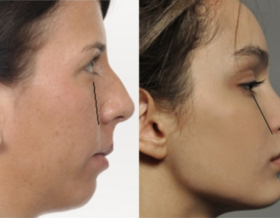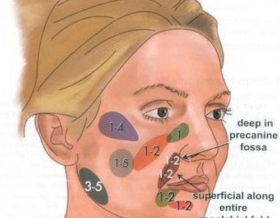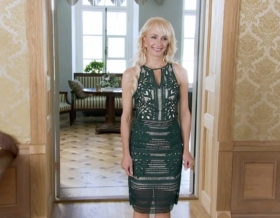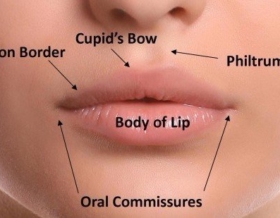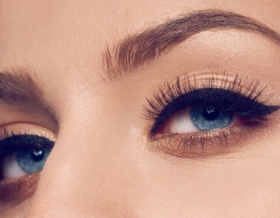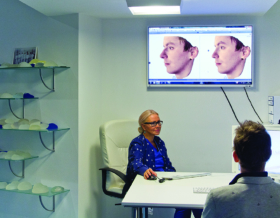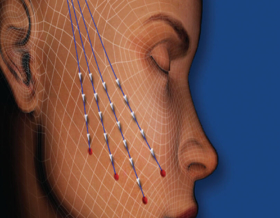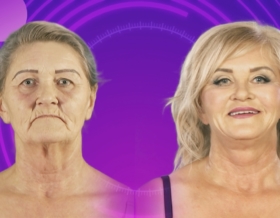 https://www.christinasclinic.ee/wp-content/uploads/cc_face.jpg
550
860
cc
https://www.christinasclinic.ee/wp-content/uploads/Christinas-Clinic-LOGO.png
cc2025-01-09 14:44:302025-01-09 14:44:30Achieving a Sculpted Face: Combining Buccal Fat Removal, Thread Lifting, and Chin Contouring for Ultimate Facial Harmony
https://www.christinasclinic.ee/wp-content/uploads/cc_face.jpg
550
860
cc
https://www.christinasclinic.ee/wp-content/uploads/Christinas-Clinic-LOGO.png
cc2025-01-09 14:44:302025-01-09 14:44:30Achieving a Sculpted Face: Combining Buccal Fat Removal, Thread Lifting, and Chin Contouring for Ultimate Facial HarmonyYou can’t avoid your nose
As time passes, your nose stretches and grows bigger and bigger visually. Just like your earlobes get floppy with time, the tip of your nose can also take a plunge downwards. As you age and your skin’s production of collagen and elastin slows down, your skin starts to droop and submit to gravity. The visual effect is intensified by your other features as your cheeks and skin loose volume and your nose and ears start to stick out more. So it’s safe to say that the shape and size of your nose generally don’t improve with time.
Blind people who have regained their sight have said that the first thing they notice on a person is their nose. They say that it is a surprisingly ugly organ that protrudes unnecessarily. Our patients have complained about the same problem. Men have short hair and can’t do anything about hiding their noses and women have to make an effort to somehow balance theirs every day. Some fix their hair just so, some use make-up to reduce the size of their noses. Some women are afraid of store changing rooms because there are mirrors all around, forcing them to look at their own profile. And some have spent years deleting photos of themselves because they were captured from the wrong angle.
Nose shapes follow trends. In Asian countries, Caucasian noses with high bridges are popular. Europeans aren’t fond of crooked noses and prefer straight or slightly curved versions. Since the nasal tip can also betray one’s age, we tend to prefer noses that go up, not down, at the end. No one has much of an affinity for curvature in the bone, whether it is a result of genetics or trauma. In Arabic countries, surgeries to correct bone curvature in noses are even a sign of affluence. So women will proudly wear their post-surgery bandages for longer than is actually necessary. There is no magic formula for the perfect nose – proportion is important. A large nose doesn’t fit a small face whereas stronger features might make a small nose look funny.
Rhinoplasty is delicate handiwork
Rhinoplasties are complicated and are said to need the hand of a true professional. This is especially true for remodeling the nasal tip, which requires the most delicate handiwork.
People often have the misconception that the nose is made up of two parts – the bone and a large piece of cartilage. Actually, the tip of the nose is made up of several, lateral cartilages. They are extremely thin in size and responsible for the structure of the nasal tip. Remodeling these cartilages requires the open method (the incision is made in the space between the nostrils) to get access to the structure of the nose and make more precise and greater changes. The closed method of surgery is used to remodel the bone and only requires incisions made inside the nostrils.
The only real complication that could result from rhinoplasty is scar tissue build up. When you reduce a large nose, problems may result from skin being larger than the tissue below it. It takes about 1-2 years for this skin to pull back but, during that time, there may be scarring between the skin and other tissue. This can be removed with corrective surgery if needed. But these complications are very rare and our clinic has seen less than 7% of such cases throughout its long history.
The formula for a beautiful nose, just like with other surgeries, is post-op care. During the first year, a new nose has to be treated with as much care as a delicate Christmas ornament. We can only talk about final results a year after surgery because that’s how long it takes for your nose to adopt its permanent shape.
Read more about rhinoplasty: Rhinoplasty at Christinas Clinic
Attention! This is a healthcare service. Christinas Clinic is licensed by the Health Board, permit L04361 (CBF Medical OÜ). The operations and procedures are performed by healthcare professionals.
Rhinoplasty
Duration: 2-4 hours

